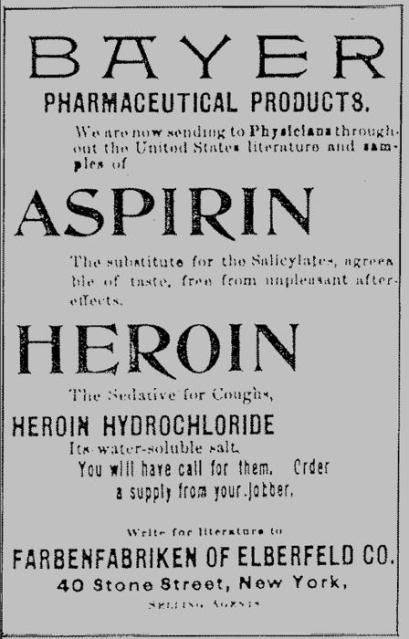Psychiatric News September 6, 2002
Volume 37 Number 17
© 2002 American Psychiatric Association
p. 32
Letter to the Editor
Misdiagnosed Youngsters?
John Sorboro, M.D.
Youngstown, Ohio
"It was with great interest that I read in your June 21 issue a review of the study by Dr. Barbara Geller, "Two-Year Prospective Follow-Up of Children With a Prepubertal and Early Adolescent Bipolar Disorder Phenotype." This study should be a wake-up call to the legions of psychiatrists who continue to pollute our youth with medications that have no real benefit or solid research to support there use.
I found it most puzzling that the author, while speculating why none of the "treatment" worked but a two-parent home was of benefit, did not consider the most obvious answer: that most of the children in her study (as well as in the United States) whom we call "bipolar" are not. Have we all forgotten what Kraepelin taught us, and how this illness is defined? The psychiatric community needs to recognize the limits of descriptive diagnosis with regard to both treatment and research. Most of us recognize there is a spectrum to this illness, but we must end this practice of labeling all children with mood lability and chaotic behavior—as well as adults with personality disorders—as bipolar.
I have cared for hundreds of adolescents in a residential setting who were diagnosed as bipolar, and many had reported psychotic symptoms. None of them was helped by medications that we acknowledge help adults with manic-depressive illness. Many of the youngsters improved with time because of structured environment and growth. Neuropsychiatric illnesses such as obsessive-compulsive disorder, major depression, and schizophrenia can present in young people, but let’s stop pretending that all behaviorally disordered children have an illness that by definition will never go away.
Have we also forgotten that our first job as physicians is to recognize our limits and to do no harm?"
Link
Sunday, October 4, 2009
Was Bayer Aspirin Behind 1918 Flu Deaths?
"High aspirin dosing levels used to treat patients during the 1918-1919 pandemic are now known to cause, in some cases, toxicity and a dangerous build up of fluid in the lungs, which may have contributed to the incidence and severity of symptoms, bacterial infections, and mortality. Additionally, autopsy reports from 1918 are consistent with what we know today about the dangers of aspirin toxicity, as well as the expected viral causes of death.
The motivation behind the improper use of aspirin is a cautionary tale, said author Karen Starko, MD. In 1918, physicians did not fully understand either the dosing or pharmacology of aspirin, yet they were willing to recommend it. Its use was promoted by the drug industry, endorsed by doctors wanting to "do something," and accepted by families and institutions desperate for hope."
Link

More old ads can be seen here.
The motivation behind the improper use of aspirin is a cautionary tale, said author Karen Starko, MD. In 1918, physicians did not fully understand either the dosing or pharmacology of aspirin, yet they were willing to recommend it. Its use was promoted by the drug industry, endorsed by doctors wanting to "do something," and accepted by families and institutions desperate for hope."
Link

More old ads can be seen here.
Subscribe to:
Comments (Atom)





